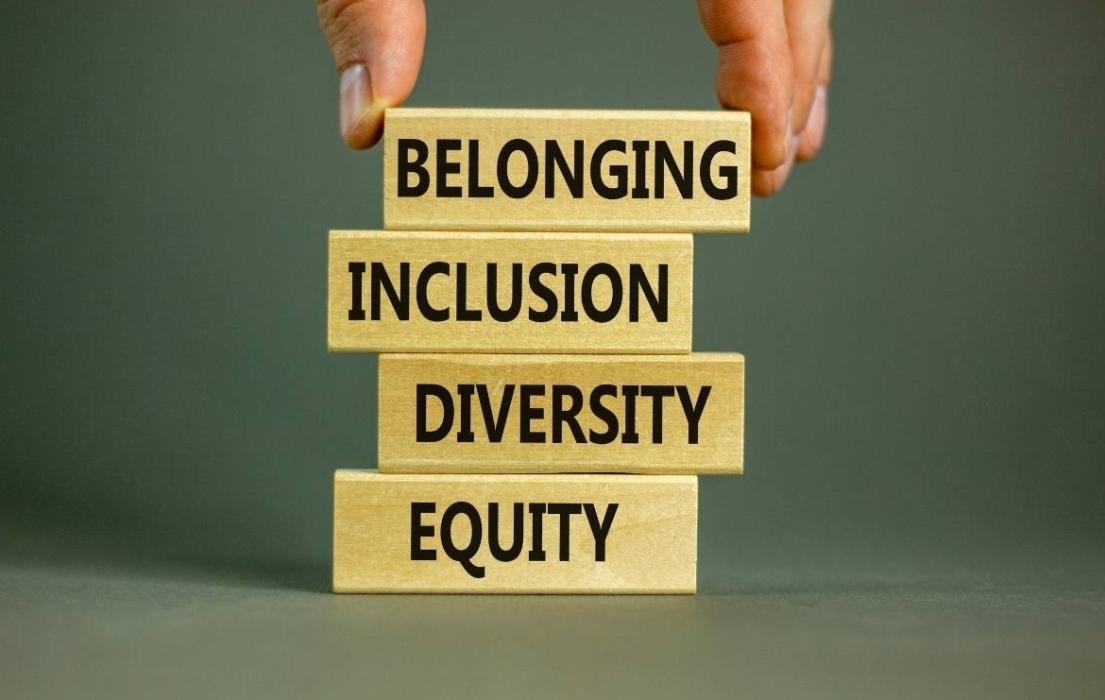
Inclusive by Design
When people feel excluded because of how a space is arranged, how information is shared, or how decisions are made, they're less likely to engage fully. Exclusion isn’t always intentional, but its effects are real: missed contributions, discomfort, and disengagement. Over time, this can affect learning, performance, and a sense of belonging in both classrooms and workplaces.
More people are entering learning and working spaces with different needs and perspectives, but the way those spaces are designed hasn’t always kept up. Many environments still reflect narrow ideas about how people learn, work, and communicate. When inclusion is treated as a one-time fix or limited to accommodations, the responsibility shifts to individuals to adapt—rather than addressing the structures that create barriers in the first place. This slows progress, affects morale, and leads to missed opportunities for innovation, learning, and connection. Inclusive design is a practical way to close this gap by rethinking how systems and spaces are built in the first place.
This workshop offers practical strategies for making your learning or working environment more inclusive from the outset. You’ll explore how design affects participation, how to recognize common barriers, and how to make small changes that have a meaningful impact on people’s ability to engage.

- Recognize how everyday design choices can affect comfort, participation, and performance.
- Identify physical, social, and cultural barriers that may be present in your environment.
- Apply inclusive design strategies in classrooms, meetings, training, and events.
- Build environments that reduce sensory, cognitive, and emotional overload.
- Adapt materials and communication styles to reflect diverse needs and abilities.
- Apply principles of universal design to support learning and collaboration.
- Promote a culture of belonging through intentional practices and policies.

This workshop is for educators, facilitators, supervisors, and team leaders who are responsible for creating welcoming and engaging environments.
You should attend if you
- Design or lead learning experiences in classroom or workplace settings
- Want to make your sessions, meetings, or materials more inclusive
- Support individuals with a wide range of communication, learning, or behavioural styles
- Are rethinking how to build spaces, whether physical or virtual, where people feel they belong
- Are looking for practical strategies that go beyond checklists or compliance
By attending this session, you’ll leave with tools and strategies for creating spaces where more people can contribute fully, bringing out the insight, creativity, and care that’s already in the room.

This workshop offers a collaborative space to reflect on how inclusion shows up in your learning materials, communication choices, and the environments where learning takes place. You’ll explore real examples, test inclusive strategies, and take part in thoughtful discussions that help surface blind spots. By working through planning tools, reviewing sample materials, and sharing insights with peers, you’ll discover practical ways to reduce barriers and create environments that support a broader range of learners.
You’ll receive a detailed workbook filled with templates, prompts, and reference tools to support your use of analytical techniques after the session.
Workshop activities include
- Reviewing real-life case studies to identify common barriers and inclusive approaches
- Mapping learner needs and identifying design improvements
- Practising inclusive communication and plain language writing
- Assessing the physical and virtual learning environments for accessibility and comfort
- Testing content and materials for readability and usability
- Exploring tools for inclusive facilitation and learner engagement
- Creating a personal action plan





